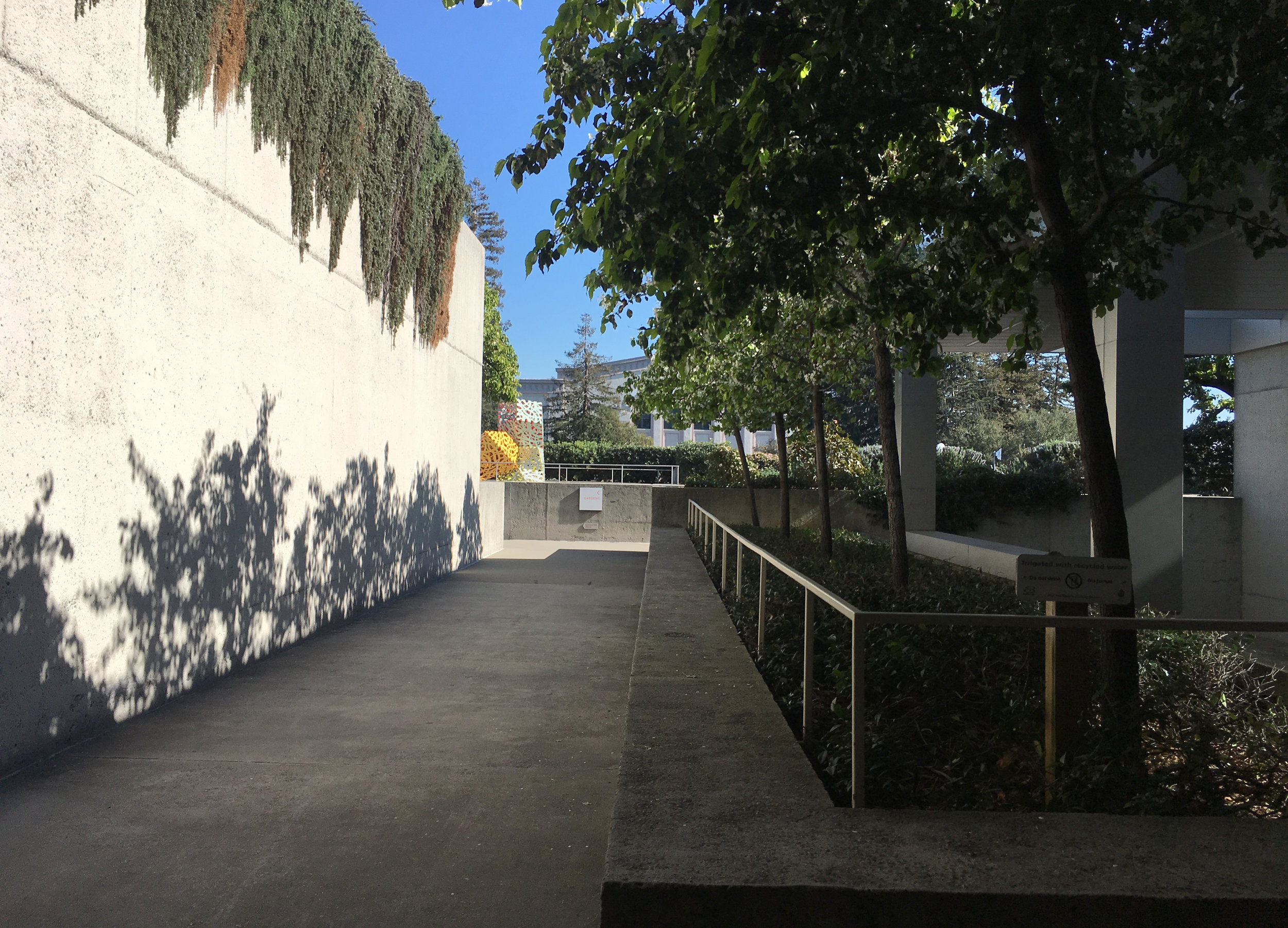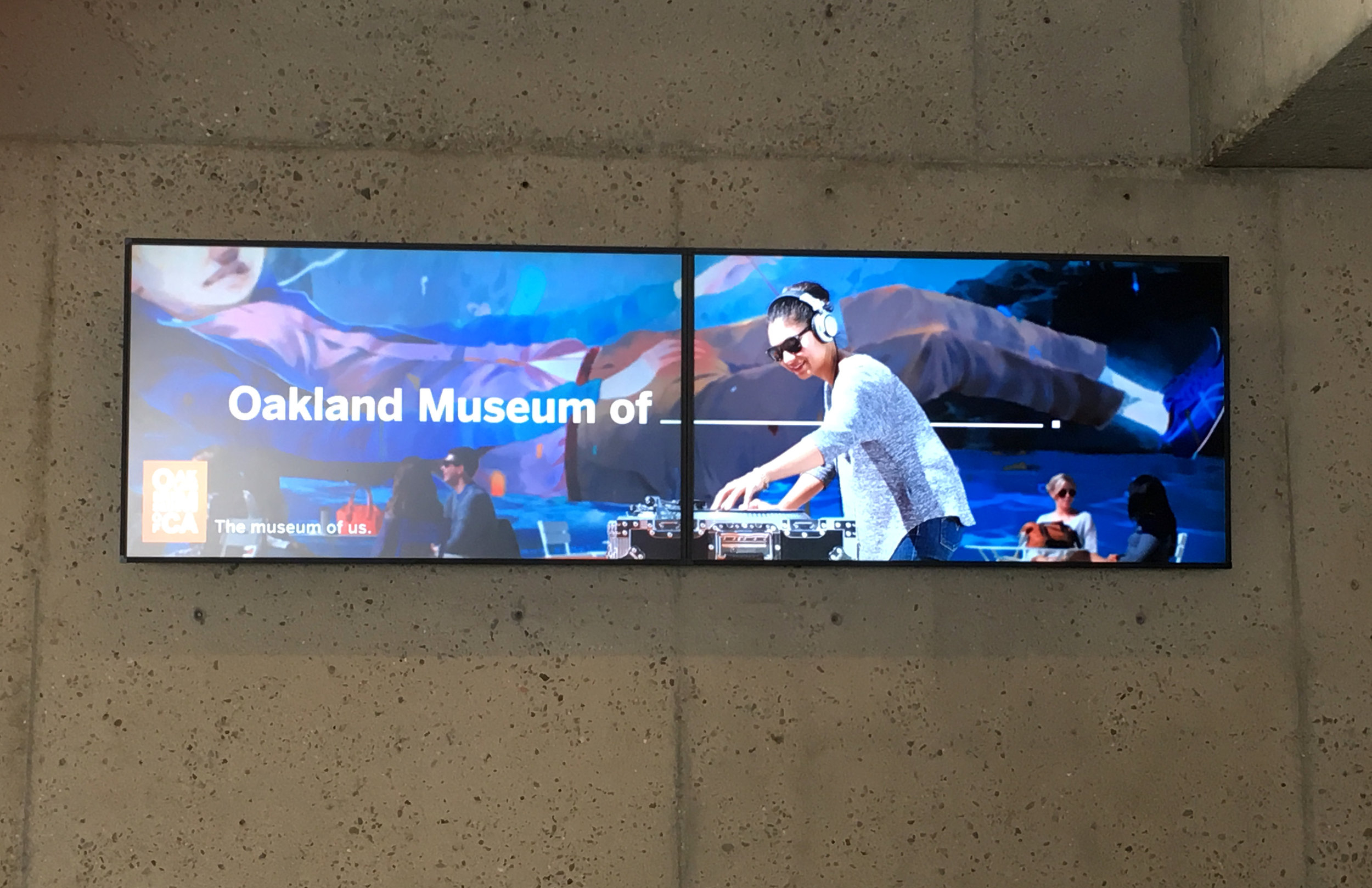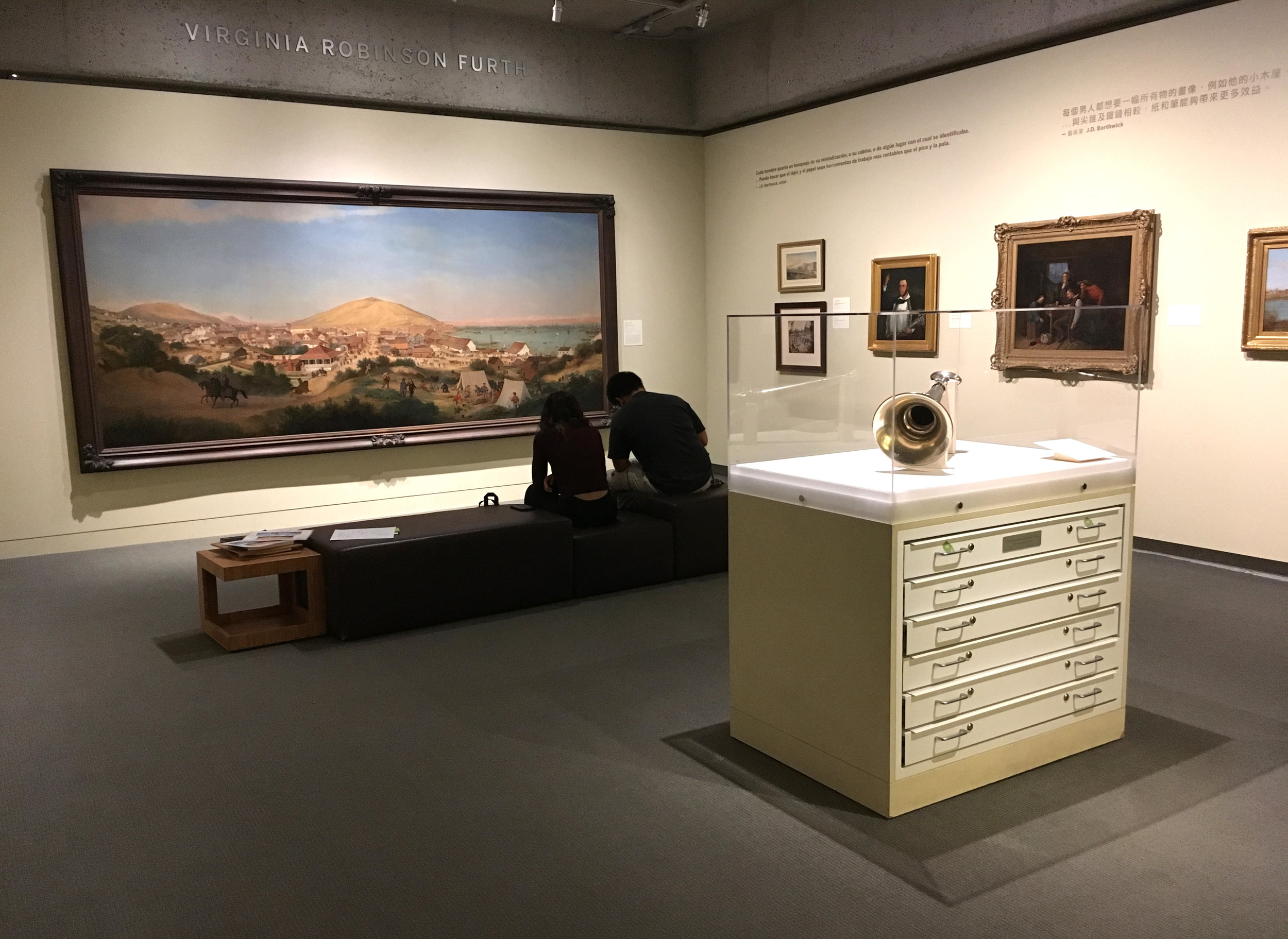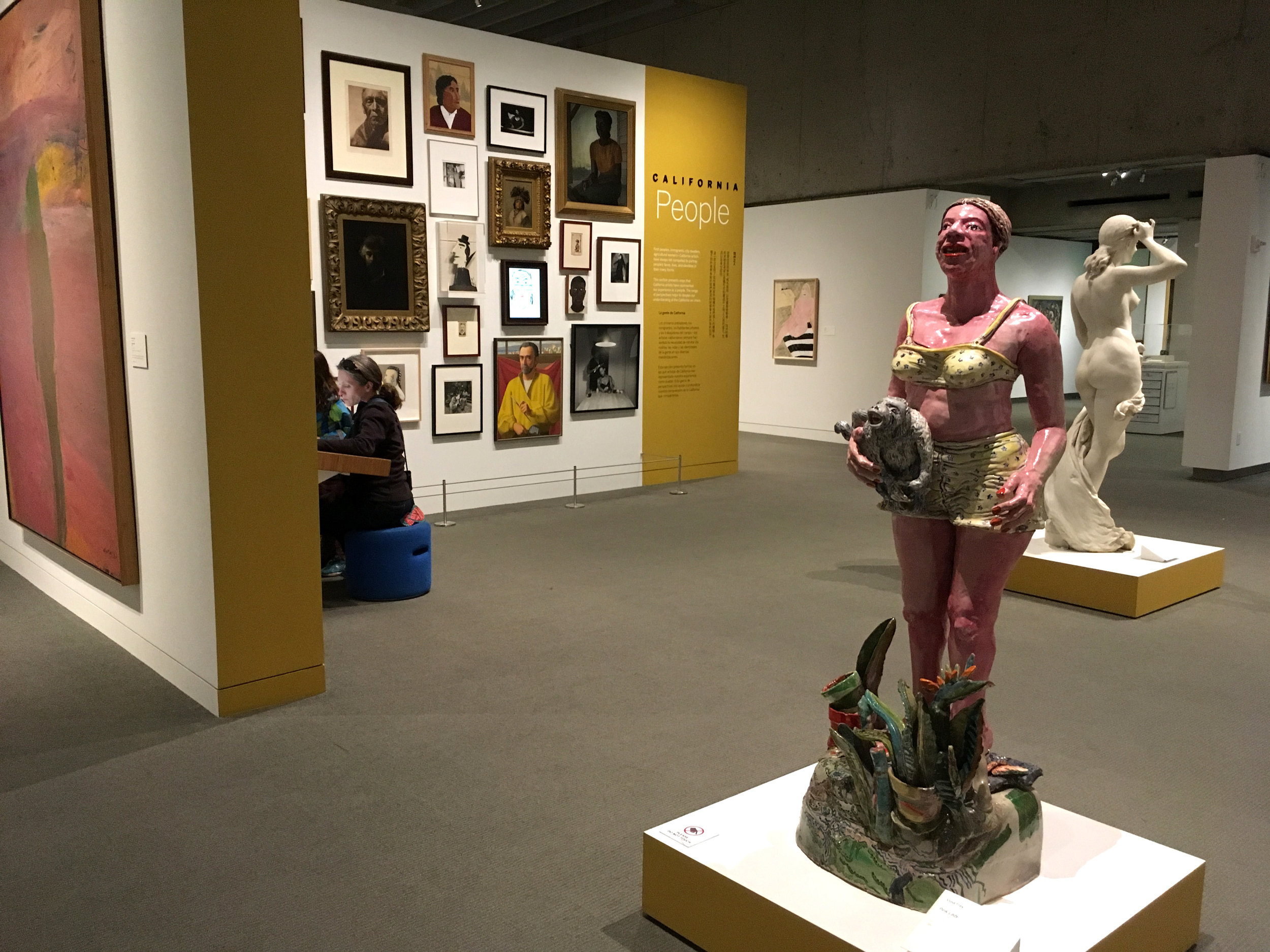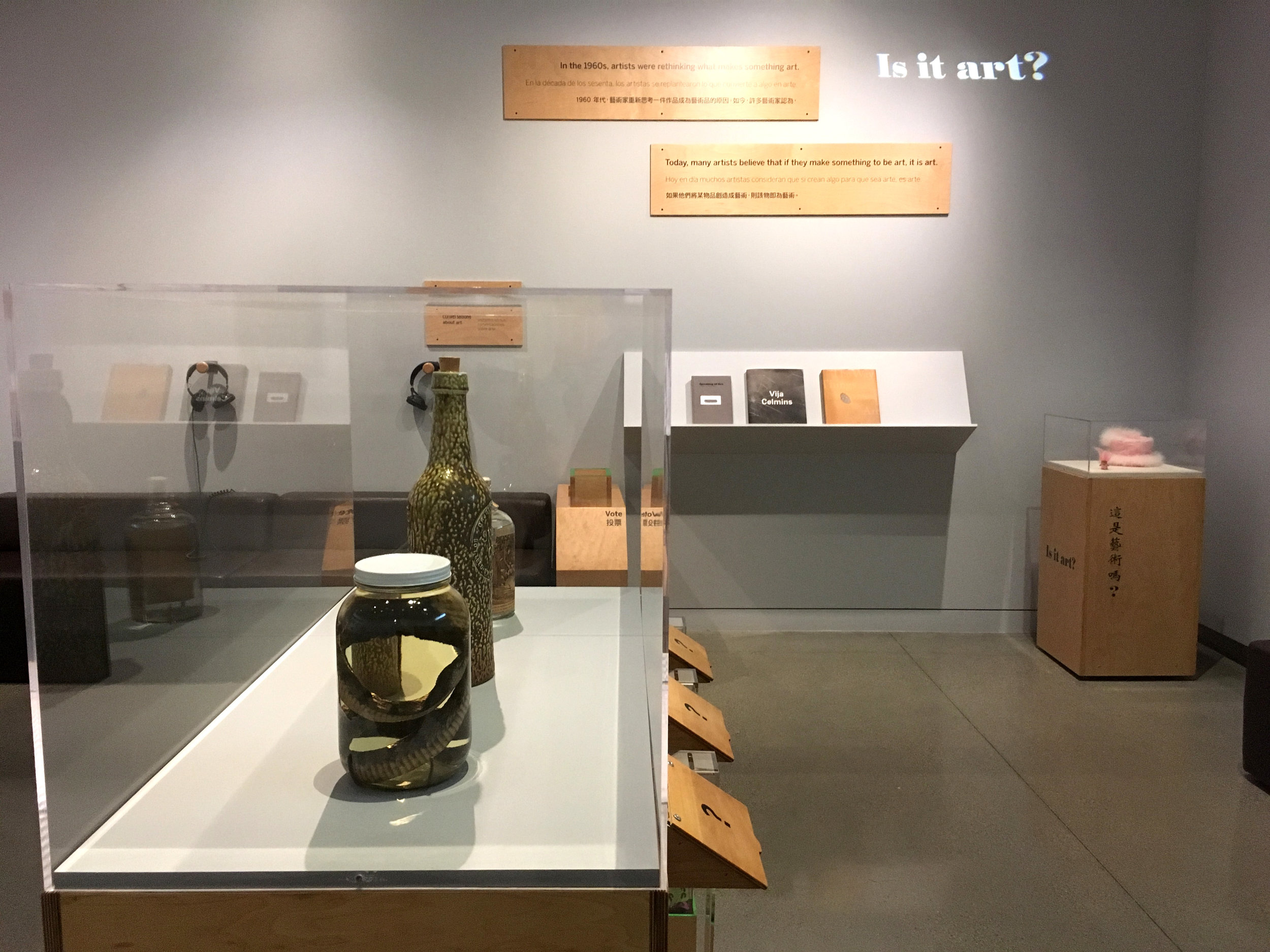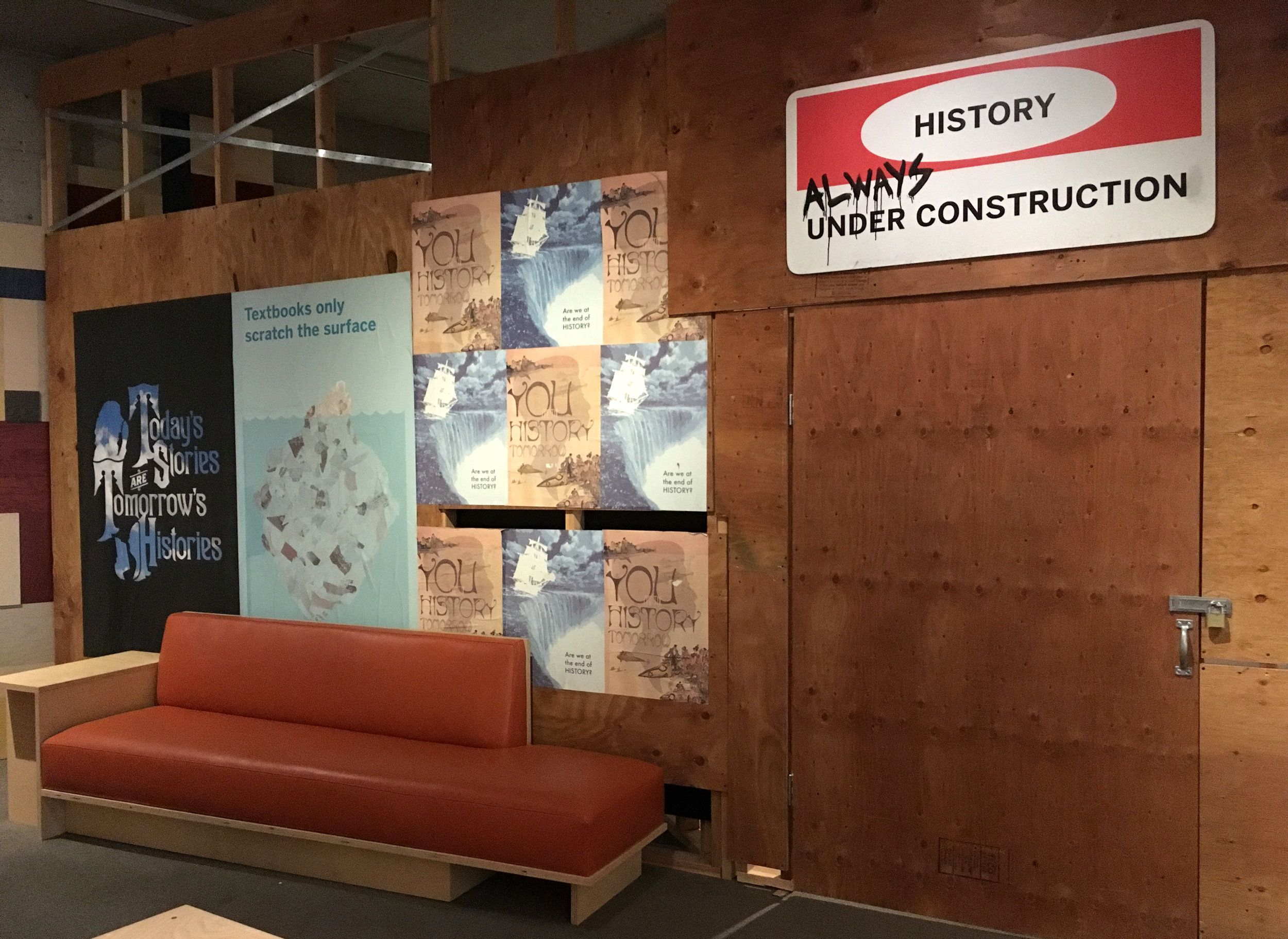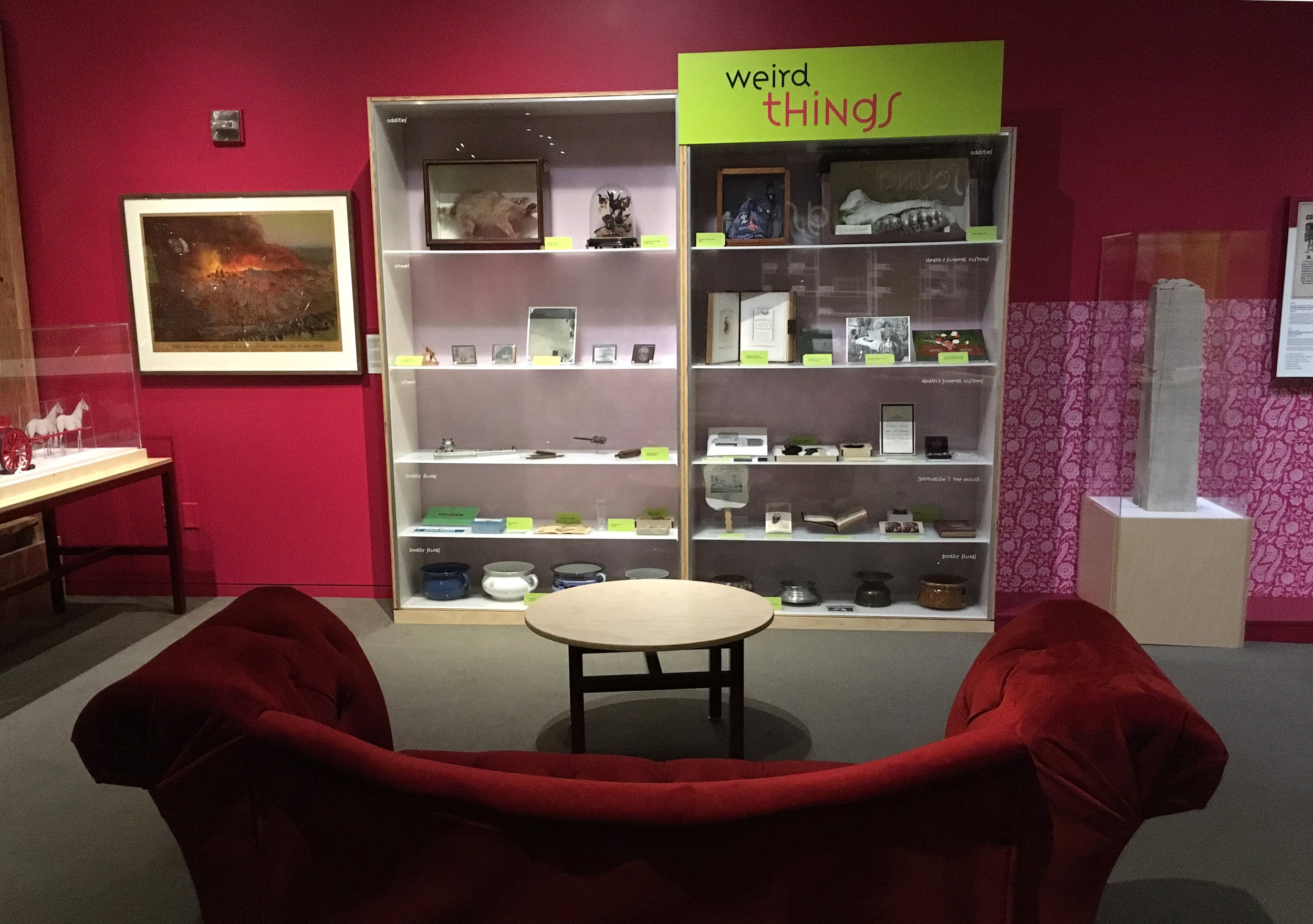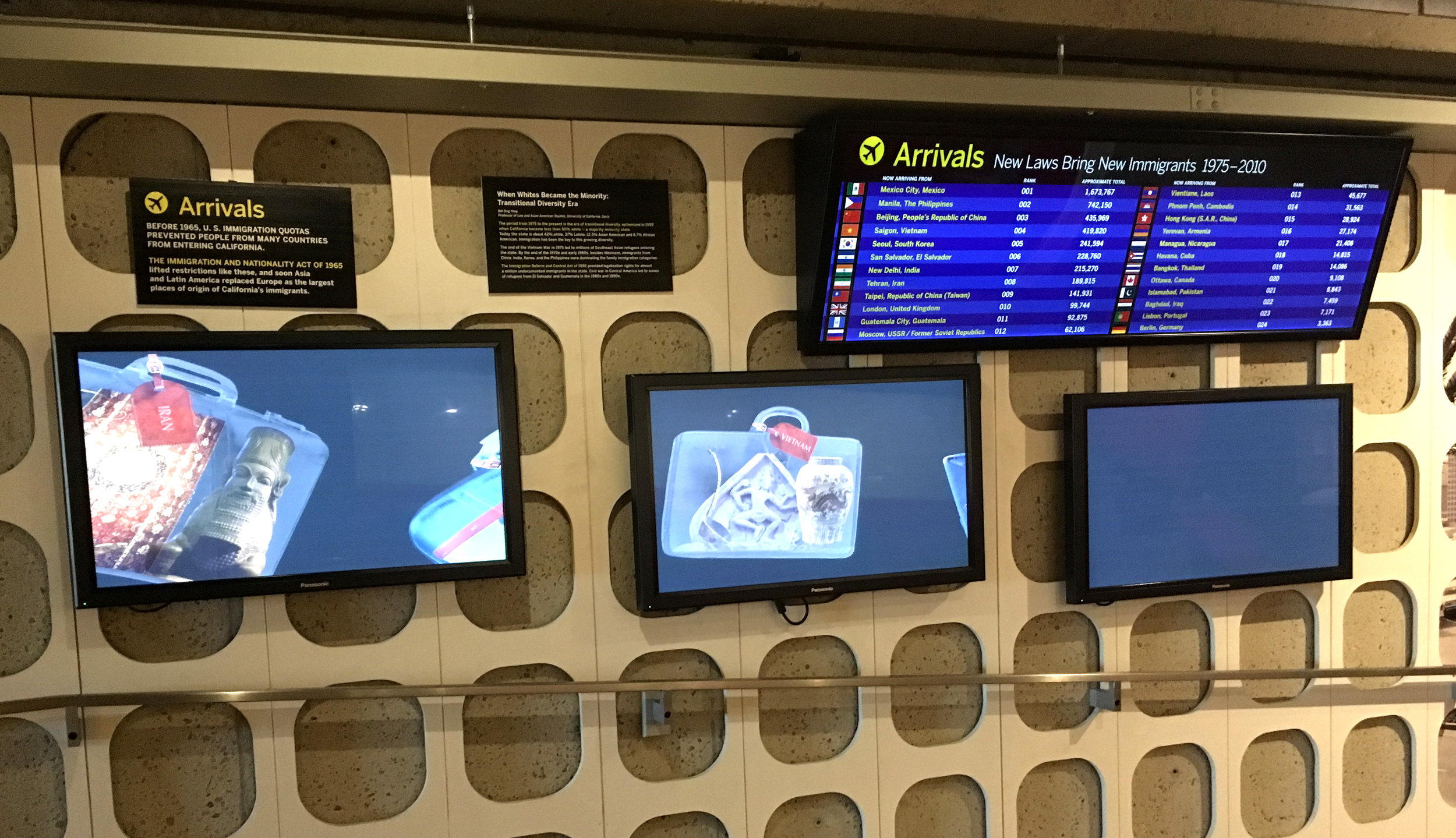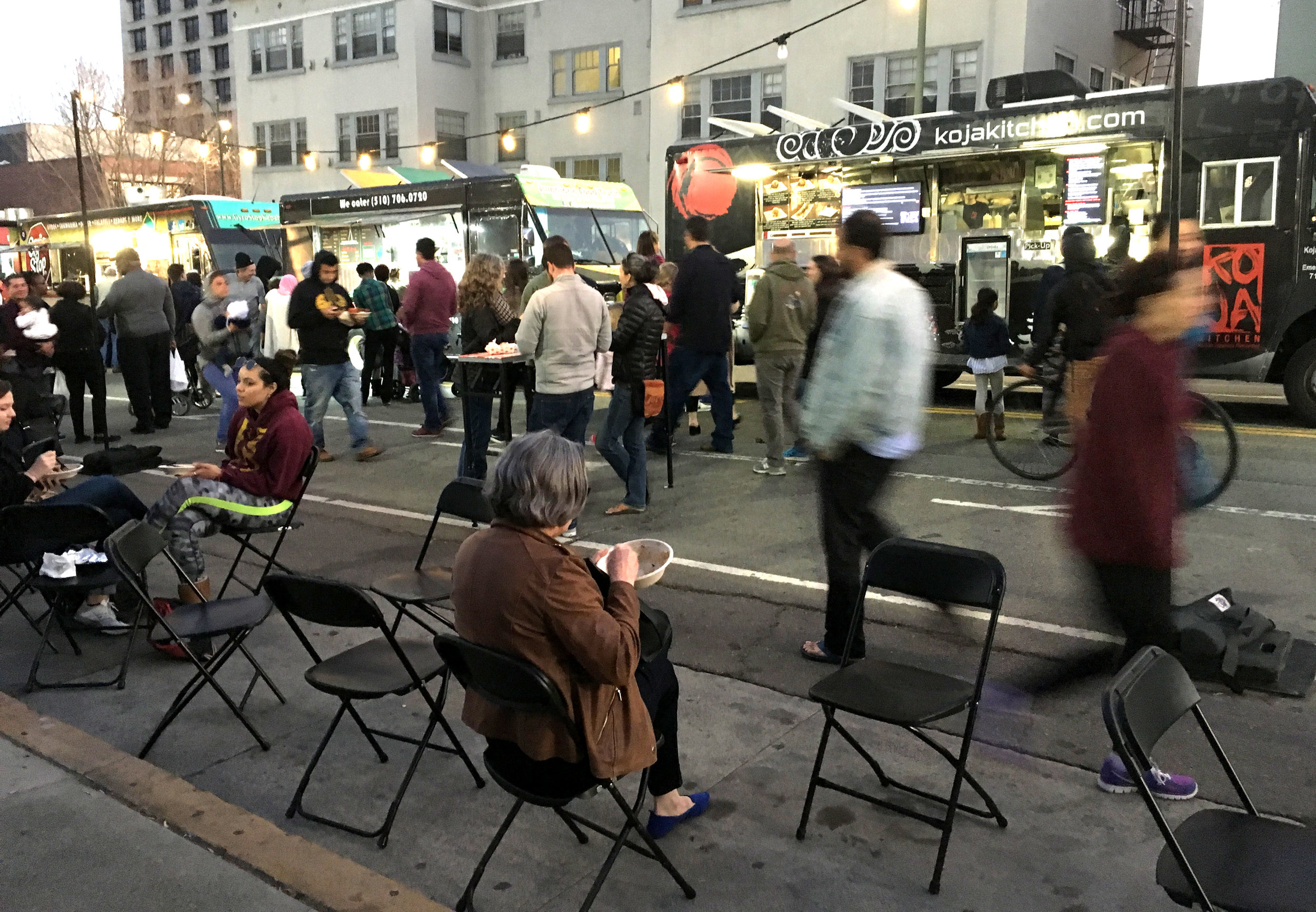The Museum of __________ (CA)
Oakland. I started coming here in the 80's when I lived in a warehouse in the neighborhood. That was before it was transformed into OMCA, another important Bay Area museum dedicated to being inclusive, collaborative and responsive to community. Now it's known as a visitor-centered museum focused on "interdisciplinary connections, multiple perspectives, and active engagement."
The "museum of the people" first opened in 1969, in a mid century modernist building with wonderful roof gardens and terraces. During the renovation an overhead structure was added to help define the front entry.
With separate entries for Art, History, and Natural Sciences, on three seperate levels along a central outdoor stairway, the way finding solution was to place the information/ticket desk outside on the middle landing.
OMCA is the museum of us. The "museum of ___________ " branding invites community ownership, with multiple identities implied. It's a smart combined message because the "_____________" keeps it totally open and the "us" keeps it anchored and responsible.
Museum trends roll out unevenly, in mysterious ways. They age from fresh to expected formula in patches and leaps, quickly and slowly, here and there. Art was the first OMCA gallery to reopen, in 2010, and although their strategies are not novel anymore, the core innovative ideas and challenges are fresh and burning. The gallery was redesigned to promote skills for diverse learners to experience and interpret art in a variety of ways. From multiple perspectives. Educational theories of multiple intelligences, game strategies and multiple entry points helped inform the process.
Comfortable seating allows leisurely social behavior. Near the entry is an interactive space "Art 360" presenting one work of art, with multiple interactives to explore it. Unfortunately it was closed for re-install.
Three curatorial sections, Land, People and Creativity, are comprehensible to all. They allow surprising variety in the art and narrative. Wall colors were chosen in collaboration with teens, who also initiated "Loud Hours"! The unpretentious environmental design helps visitors move from rejecting art for it's arrogance, to questioning it.
The area sign typographic design equalizes the hierarchy of the three languages beautifully. English is in the conventional top position with Spanish in the central position at eye-level. Chinese, in vertical format is placed at it's conventional starting point, top right.
The two other themes of the museum, History and Natural Science, cross pollinate with Art. This interdisciplinary intermingling is a special aspect of OMCA. It has a special power partly because the galleries are still traditionally named, and separated in the building.
Oakland is a city, and "Urban" is treated as a region in the "Land" section.
"Creativity" gracefully encompasses everything from pop culture, craft and self taught art to design...making all of it accessible and equally respectable.
The careful approach to writing focuses on clarity not simplicity. Multiple voices include those of artists, curators, and visitors.
Sometimes just explaining the crop of a photograph can be a deep insight to visitors inexperienced with photography.
How can visitors "see themselves" in an art gallery? Literally, one way is with a self-portrait interactive. Sometimes obvious and simple ideas are the most successful. A mirror station is provided for visitors to draw themselves, using their fingers on a screen. Their portrait then appears on a screen within the "California Portrait Wall". The digital library of past drawings shows the actual making of each portrait, not just the final image. Side-by-side screens promote social engagement.
Technology is limited, aside from this station, to avoid conflict with the aesthetic experience of the art and artists.
The "Is it art?" lounge is a resting side area "loaded" with provocative interpretation intended to encourage conversation. It's designed to change over time, with visitors informing the experimentation, and measuring the success themselves.
Have questions (used to engage visitors) like "What is...?" and "Is it....?" become trite? Are visitors getting immune to them? Maybe, but in the context of ART, they seem to be truly in their element!! Art intention and definition are truly open to exploration. Visitors can listen to other visitor's thought provoking conversations about art, although it feels scripted, as if it was re-produced, not captured spontaneously.
Has visitor voting become gimicky? Maybe, but in the context of ART, it's an engaging and complex task, especially with good examples to consider.
Great questions in the right context are natural conversation starters.
I always gravitate to the Art Gallery, with it's gentle continuity. But the museum is full of exhibition experiments to analyze and consider. Like visitor contributed stories of the 60's-early 70's curated as personal diaramas.
And baby pictures donated from local members
In the ocean area, a plastic activity, "Find 3 things in the jars that you have at home."
With the museum stepping out of the authority role, art becomes for everybody nature gets politicized, history gets de-glamorized.
This is the "back closet area where someone(?) decides what's mysterious or weird.
Just a few design details, Like this projection spill over,
and "making" videos tucked in with the artifacts.
The woman that (occasionally) passes by the front door
Immigrant information presented in the "vernacular" of an airport.
The kid's fort. Some kids never get to make their own at home.
As museum trends roll out across the world, visitors seem to be quicker to adapt than the museums. Today visitors are sophisticated, more and more open minded about what's “appropriate” in a museum. They expect to customize their experience, to contribute something and see themselves reflected in meaningful ways.
Trends and design treatments are quick to swirl and atrophy, but I think the new goals of community involvement are here to stay, driving innovation forward.


